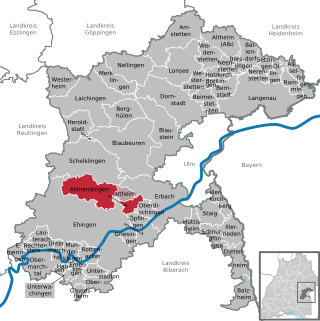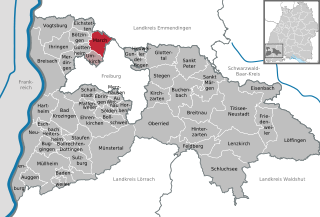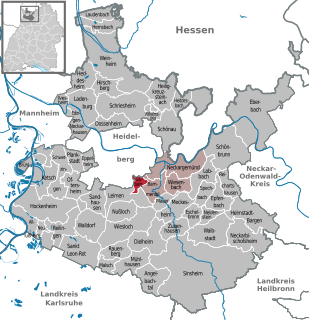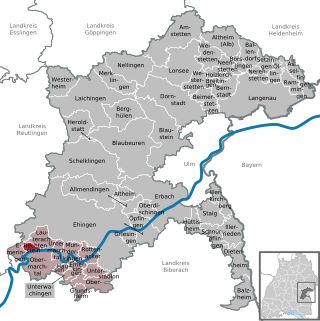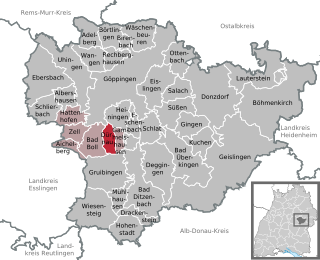This article may be expanded with text translated from the corresponding article in German. (February 2009)Click [show] for important translation instructions.
|
| Herdwangen-Schönach | ||
|---|---|---|
| ||
| Coordinates: 47°51′50.7″N9°10′26.2″E / 47.864083°N 9.173944°E Coordinates: 47°51′50.7″N9°10′26.2″E / 47.864083°N 9.173944°E | ||
| Country | Germany | |
| State | Baden-Württemberg | |
| Admin. region | Tübingen | |
| District | Sigmaringen | |
| Government | ||
| • Mayor | Ralph Gerster | |
| Area | ||
| • Total | 36.52 km2 (14.10 sq mi) | |
| Elevation | 605 m (1,985 ft) | |
| Population (2015-12-31) [1] | ||
| • Total | 3,412 | |
| • Density | 93/km2 (240/sq mi) | |
| Time zone | CET/CEST (UTC+1/+2) | |
| Postal codes | 88634 | |
| Dialling codes | 07557, 07552 | |
| Vehicle registration | SIG | |
| Website | www.herdwangen-schoenach.de | |
Herdwangen-Schönach is a municipality in the district of Sigmaringen in Baden-Württemberg in Germany.
Sigmaringen is a Landkreis (district) in the south of Baden-Württemberg, Germany. Neighboring districts are Reutlingen, Biberach, Ravensburg, Bodensee, Constance, Tuttlingen, and Zollernalbkreis.
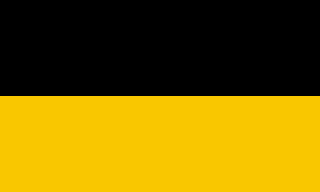
Baden-Württemberg is a state in southwest Germany, east of the Rhine, which forms the border with France. It is Germany’s third-largest state, with an area of 35,751 km2 (13,804 sq mi) and 11 million inhabitants. Baden-Württemberg is a parliamentary republic and partly sovereign, federated state which was formed in 1952 by a merger of the states of Württemberg-Baden, Baden and Württemberg-Hohenzollern. The largest city in Baden-Württemberg is the state capital of Stuttgart, followed by Karlsruhe and Mannheim. Other cities are Freiburg im Breisgau, Heidelberg, Heilbronn, Pforzheim, Reutlingen and Ulm.

Germany, officially the Federal Republic of Germany, is a country in Central and Western Europe, lying between the Baltic and North Seas to the north, and the Alps to the south. It borders Denmark to the north, Poland and the Czech Republic to the east, Austria and Switzerland to the south, France to the southwest, and Luxembourg, Belgium and the Netherlands to the west.
The municipality lies 15 kilometers north of the Bodensee, in the upper Linzgau, between the cities Pfullendorf in the north and Überlingen in the south. With the municipality reform of 1974 the three municipalities Herdwangen, Großschönach and Oberndorf were merged into one. The coat of arms was derived from the coats of arms of the three predecessor municipalities.

Lake Constance is a lake on the Rhine at the northern foot of the Alps, and consists of three bodies of water: the Obersee or Upper Lake Constance, the Untersee or Lower Lake Constance, and a connecting stretch of the Rhine, called the Seerhein. These waterbodies lie within the Lake Constance Basin, which is part of the Alpine Foreland and through which the Rhine flows.
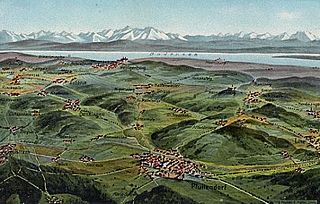
Linzgau is a historic region in Southern Germany, in the state of Baden-Württemberg. It is located north of Lake Constance and south of the Danube valley.
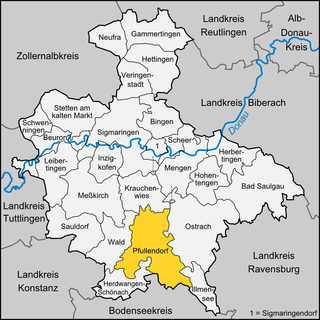
Pfullendorf is a small town of about 13,000 inhabitants located 25 km (16 mi) north of Lake Constance in Baden-Württemberg, Germany. It was a Free Imperial City of the Holy Roman Empire for nearly 600 years.





